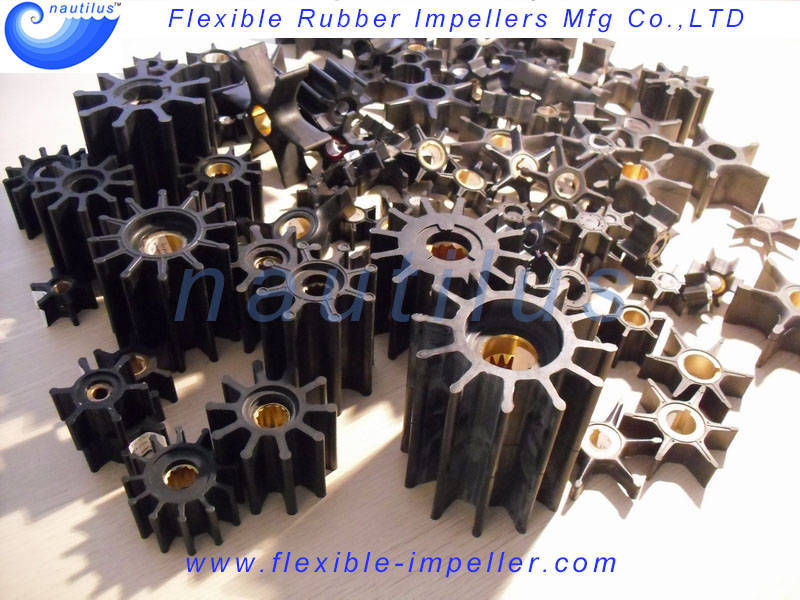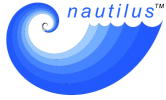How to Choose the right Rubber Mate...
How to Choose the right Rubber Material for you?
2017-02-09 16:30:30

Formore detailed information regarding the elastomers described below,refer to Properties of Common Elastomers and Chemical Resistance ofCommon Elastomers.
1NATURAL RUBBER ( NR IR AA)
Natural rubber or polyisoprene was the "first"commercial rubber.
It isharvested as a latex from the Hevea Brasiliensis tree. The leadingcountries producing natural rubber are Thailand, Indonesia, Malaysia,India. Truck, bus and automobile tires consume over 50% of natural rubber production. Otheruses of natural rubber include toys, bumpers, vibration mounts, bearingpads, stoppers, balls, gaskets, condoms, gloves, catheters, balloons,tubing and adhesives.Estimated shelf life is 3-5 years.
2.STYRENE BUTADIENE RUBBER ( SBR, BR,AA,BA)
SBRwas develooped during the 1930s. During World War II the United Statesexpanded the production of SBR for the military due to the lack ofnatural rubber. MoreSBR is produced than any other synthetic rubber. It is used for tires,gloves, footwear, grommets, stoppers, bushings, gaskets, toys, clothing,washers, and seals. Estimated life is 3-5 years.
3BUTYL ( IIR, AA, BA,CA )
Butylrubbers were commercialized in 1943 and are a copolymer of isobutyleneand isoprene. They have outstanding impemeability to air and gases andexcellent oxidation and ozone resistance.
Theyalso have high energy absorption properties. For this reason the mostpopular ues of butyl is to manufacture inner tubes, diaphragms, sealsand shock absorbers. Estimated shelf life is 5-10 years.
| Material | Abbreviation | Temperation Range(dry heat) | Aging Weathering Ozone | Resistance to Oil &Grease | Water Swell Resistance | Flex Fatigue | Economy of Material |
Chloroprene (Neoprene) | CR | -40F to 250F | Good | Good | Average | Very Good | Good |
| Nitrile | NBR | -22F to 212F | Poor | Very Good | Good | Good | Very Good |
| Ethylene-Propylene | EPDM,EPM | -60F to 300F | Very Good | Poor | Very Good | Good | Very Good |
| Silicone | VMQ | -75F to 450F | Very Good | Average | Very Good | Very Good | Average |
| Fluorocarton | FKM | 5F to 390F | Very Good | Very Good | Good | Average | Poor |
4.ETHYENE PROPYLENE (EPDM,EPM,BA,DA)
EPDM is a nonoil resistant rubber and is the fastest growing general purpose elastomer in today's industry.
EPDM exhibits excellent resistance to ozone, oxygen, weathering, water, steam, and dilluted acids. Majoruses of EPDM include roofing materials, automotive window and doorseals, white and black sidewall tires, pipe gaskets, molded seals,gasket material and rubber hose.
Estimated shelf is 5-10 yesrs.
5 NITRILE/BUNA-N (NBR, BF,BG,BK)
Nitrile was developed in Germany for application requiring excellentresistance to oils and gasoline. This synthetic rubber also exhibitssuperior resistance to aromatic hydrocarbons.
Majoruses of nitrile rubber include check valve balls, oil and grease seals,hydraulic cups, seals, washers, and fuel diaphragms.
Estimated shelf life is 3-5 years.
6 NEOPRENE/CHLOROPRENE (CR,BR,BE)
Neoprene was developed in 1932. It is a rubber like material that exhibits resistance to oils,ozone,oxidation, flam
(selfextingushing), and low temperatures. Neoprene is used for seals,orings, grommets, bearing pads, bushings, balls, mounts and gasketing.
Estimated shelf life is 5-10 years.
7.URETHANE ( AU,EU,BG),
Urethane elastomers are combinations of either polyesters or polyethersand disocyanates. They are available as liquid castable materials and assolid millable gums.
Urethanes have outstanding abrasion resistance, flexural and tensilestrength, load bearing capacity and cut and tear strength, and areresistant to oil and solvents.
Typical uses of urethane include solid tires, roller, wheels, shockpads, walve seats, valve balls, screening balls and bumpers.
Estimated shelf life is 5-10 years.
8.Silicone( PMQ, MQ,VMQ,FC,FE,GE)
Firstpatented in 1944, silicone rubber has become a very importantengineering material. Silicone has excellent thermal stability over awide temperature range up to 500°F. The material also has excellentresistance to oxygen, ozone and sunlight. Silicone also provides goodelectrical insulation, antistick properties, is flexible and has low toxicity.
Silicone is easily molded, extruded, calendared, and cast into shapes and profiles.
Siliconerubber's use is growing in the automotive, industrial and medicalindustries. Products include orings, door seals, tubing, valve balls,bellows, radiator hose, catheters, gaskets and keyboard pads. Estimated shelf life is up to 20 years.
9 VITON/FLUORINATED HYDROCARBON ( FKM,HK)
Vitonis a fluorocation elastomer. This material is very expensive and isused in high performance applications that require outstanding heat,chemical, oil and solvent resistance.
Vitonis widely used in the manufacture of seals, orings, diaphragms andgaskets for the aerospace, automotive and chemical processingindustries. Estimated shelf life is up to 20 years.
Viton is a registered trademark of Dupont Perfomance Elastomers.
10 BUTADIENE ( BR, AA)
Second only to SBR, butadiene or polybutadiene is the world's most used synthetic rubber.
It is the most resilient of all elastomers while exhibiting superior low temperature flexibility.
Polybutadieneis blended with other rubbers in tire manufacturing, which is thelargeest consumer of BR Polybutadiene. Because of its resiliency, it isused in the manufacture of golf balls, screening balls, vibration mountsand various industrial molded products.
Estimated shelf life is 3-5 years.



